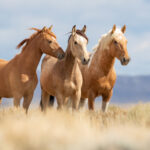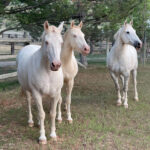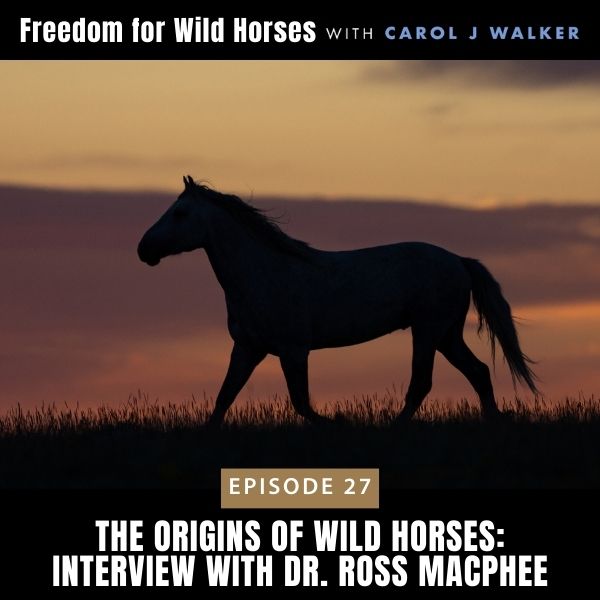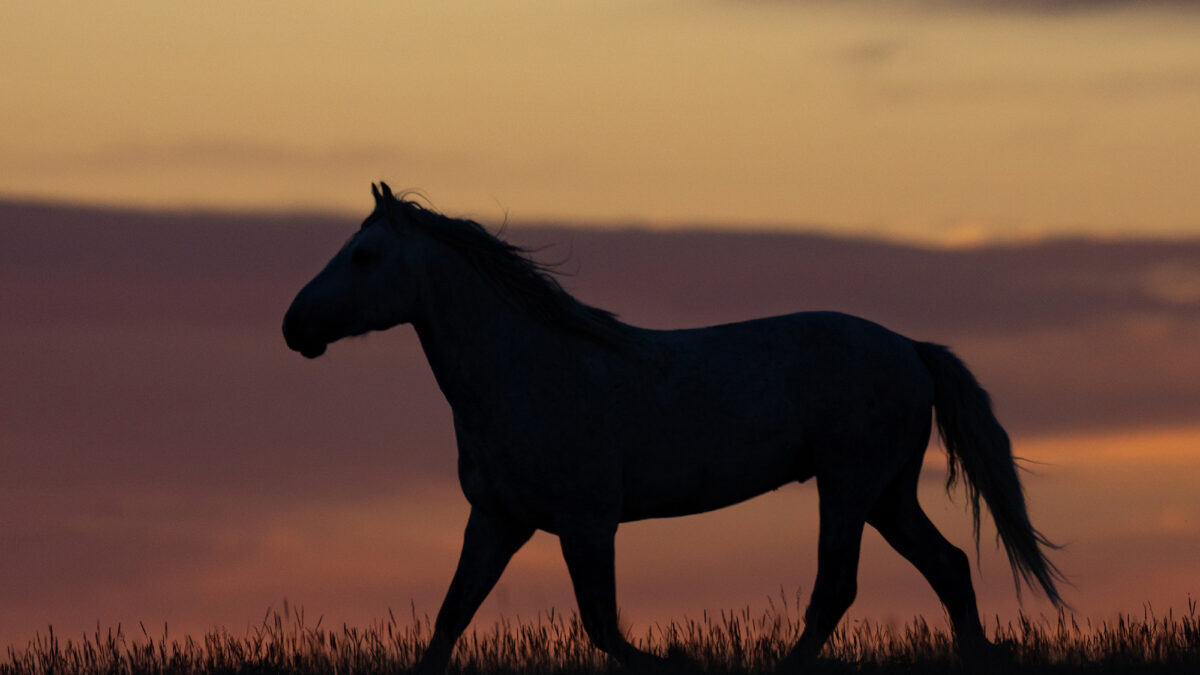
Ep #26: Whispers and Wild Horses: Interview with Anna Twinney
February 9, 2024
Ep #28: Living with Mustangs
March 11, 2024
Have you ever wondered how wild horses evolved in North America? I think it’s very important to understand the history of wild horses so that we can better understand what we need to do to help them in the future. Dr. Ross MacPhee is with me today to do just that.
Dr. Ross MacPhee, Director of Science at Rewilding America Now, is a renowned paleontologist and former curator of Vertebrate Zoology at the American Museum of Natural History.
In today’s episode we explore how restoring grasslands with mixed herds of native megaherbivores, like bison and horses, can help improve ecosystem health. By dispersing seeds and maintaining biodiversity, these species play a vital role in sequestering carbon, retaining water, and building resilience against climate change. Let’s keep an eye out for our future with preservation first, so that a balanced, science-based public lands management can preserve America’s wild horses and our natural heritage.
Subscribe to my blog to get more information on how you can help America’s wild horses.

What You’ll Learn from this Episode:
- How horses have evolved in over 50 million years from “The Dawn Horse.”
- Why reintroducing horses to denuded grasslands can provide ecological benefits.
- What the differences are between how cattle and horses impact rangeland health.
- Why balancing diverse uses of public lands in a science-based way is needed to preserve both wild horses and the natural environment.
- Why the Bureau of Land Management’s (BLM) management of wild horses, with their frequent roundups and warehousing, fails to address the root problem of placing them in unsuitable habitats.
Listen to the Full Episode:
Featured on the Show:
- Follow along on Facebook and Instagram!
- Living Images by Carol Walker
- Wild Hoofbeats Blog
- Wild Hoofbeats: America’s Vanishing Wild Horses by Carol Walker
- Rewilding America Now
- Rewilding Europe
Enjoy the Show?
- Don’t miss an episode, follow the podcast on Apple Podcasts, Spotify, Google Podcasts, or RSS.
- Leave us a review in Apple Podcasts.


5 Comments
I will be listening to this again because of so much valuable information about why horses have a place in the wild.
I hope you will listen too.
Carol, could you provide which specific paper by Ludovic Orlando Dr. McPhee is referring to in the early part of this discussion? Dr. Orlando has published many paper on ancient and recent horse genetics.
https://www.science.org/doi/10.1126/science.adh2616
Thank you so much, Carol! This links to the second of two research papers, the meta study looking at potential ecological differences between “native” and “introduced” megafauna. That paper finds that functional traits of megafauna correlate with their ecological effects, not their geographic history.
With apologies for the trouble, I’m most interested in the paper Dr. McPhee refers to earlier in this conversation, with Ludovic Orlando as one of the lead authors, that Dr. McPhee seems to interpret as finding that the Equus caballus of late Pleistocene North America is somehow a different species from the Equus caballus of today.
This interpretation surprises me, first, because I haven’t gotten that from Dr. Orlando’s papers — which I’ve read and reread — and because there are several other recent papers on this topic which find that late Pleistocene Equus caballus of North America is the same biological species as the modern horse of today. Some published research has found that the genetic distance between late Pleistocene Equus caballus of North America and today’s modern horse lies within the span of genetic variation of horses today.
With the respect I have for Dr. McPhee, I’m hoping to look at just what he is interpreting regarding the Orlando paper and Equus caballus.
Go ahead and contact him at https://www.rewildingamericanow.org/
And ask.